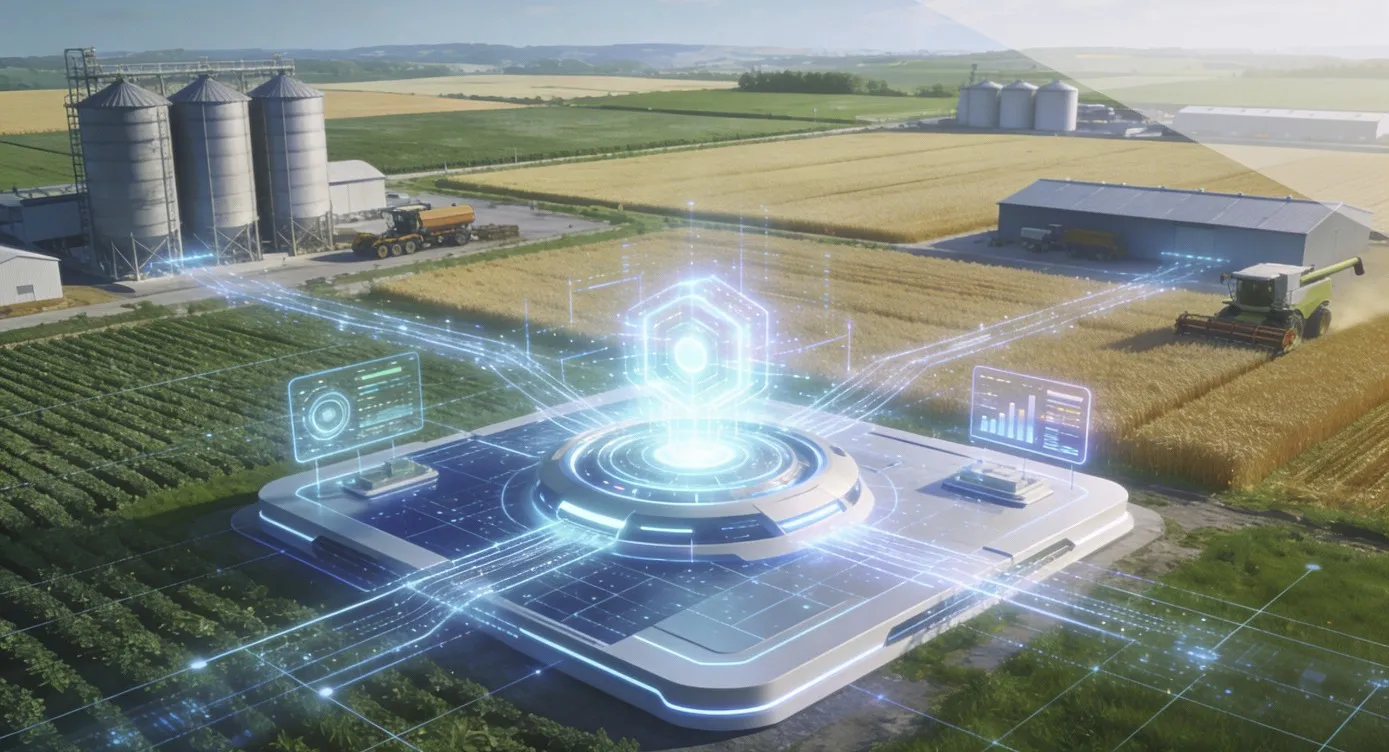'ERA-GLONASS' to Save Trees: How Digitalization Protects Russia’s Forests
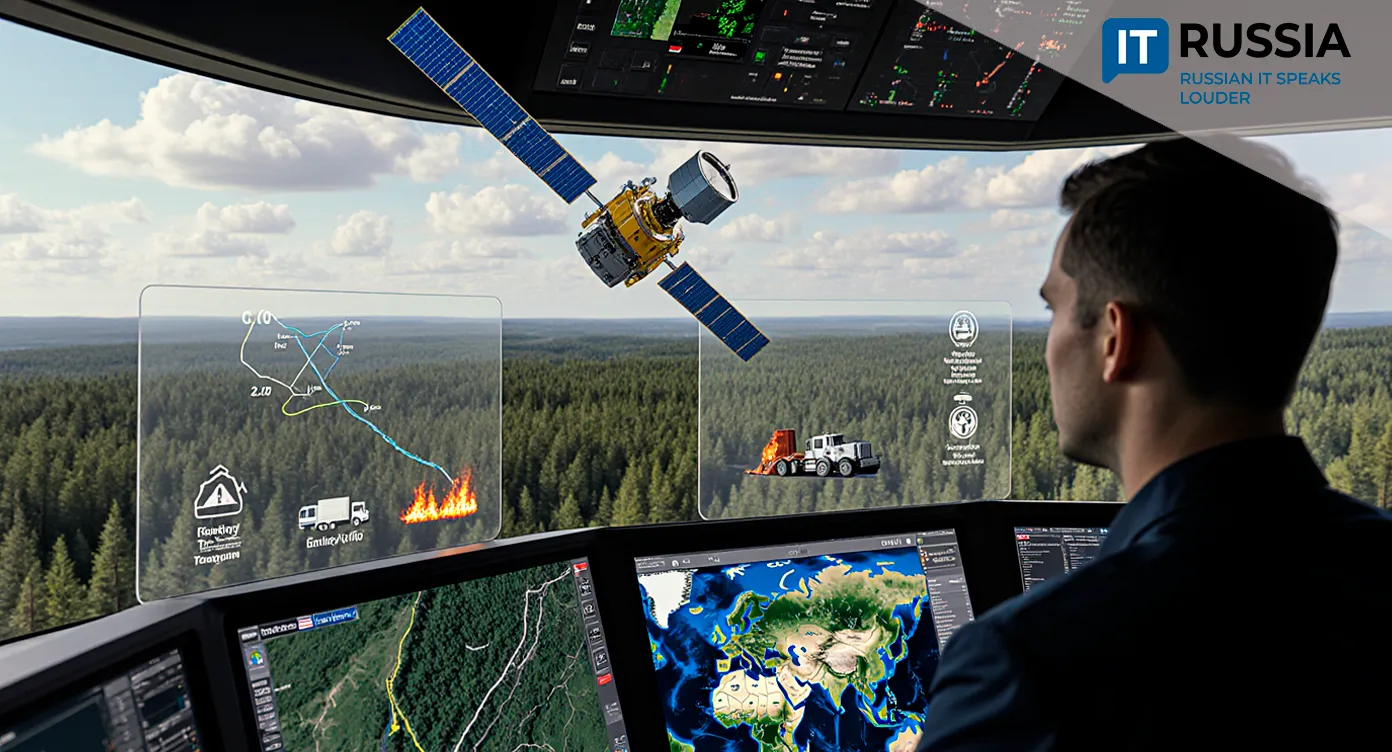
Since early 2025, Russia has connected more than 100,000 forest vehicles—including logging trucks, harvesting machines, and firefighting equipment—to the national 'ERA-GLONASS' satellite system. The project is the country’s largest step toward digitizing forestry, designed to fight illegal logging and respond faster to wildfires.
Tracking Routes, Preventing Fires
'ERA-GLONASS' units are now mandatory on logging and timber transport vehicles to monitor wood circulation. Real-time satellite data flows into Russia’s Federal Forestry Information System (Rosleskhoz), dramatically improving transparency in forest management.
The same requirement applies to firefighting vehicles. In case of a wildfire, dispatchers can immediately direct the nearest equipment to the ignition point, cutting response times and reducing fire spread.
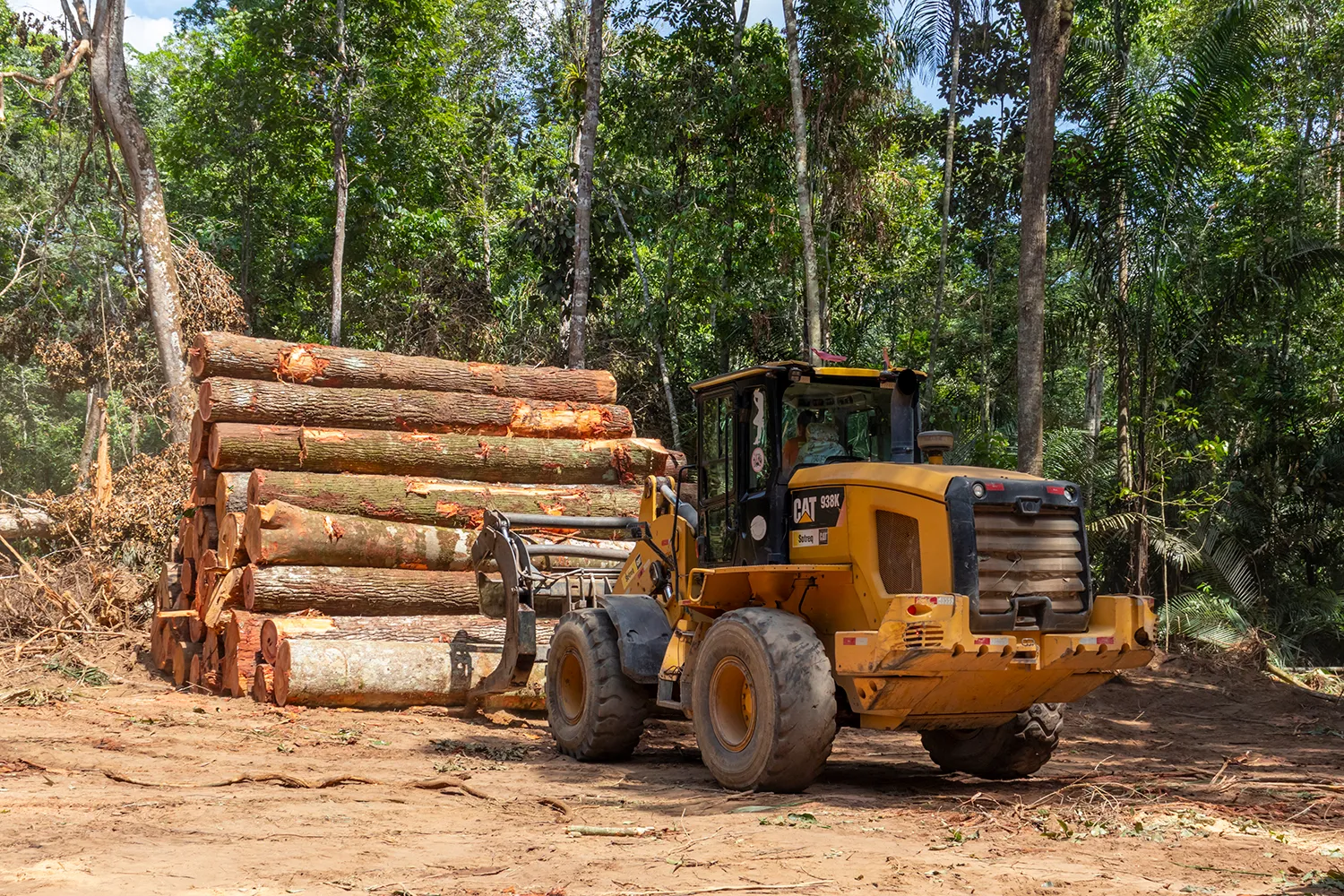
The rollout has accelerated rapidly. In January 2025, around 30,000 vehicles were connected; by August, the figure had surpassed 100,000. Siberia leads the effort: Irkutsk region alone accounts for 22,300 machines, followed by Krasnoyarsk (5,700) and Tomsk (3,700). Active adoption is also underway in the Northwest and Volga regions.
Vehicle registration has been streamlined: the process now takes one to two days instead of weeks. Support calls have dropped by 30% compared to the start of the year, reflecting smoother integration.
From Emergency Calls to Eco-Monitoring
Originally launched in 2015 for public transport and freight vehicles, 'ERA-GLONASS' was designed as an automatic crash response system. Integrated with Russia’s nationwide 112 service, it can transmit vehicle coordinates to rescuers in just 19 seconds. In 2023, the platform was recognized as one of Russia’s key technological achievements.
Extending the system to forestry marks its first use as a sector-specific tool for environmental protection. While aerial and satellite monitoring had been used before, the ability to track every single machine in real time represents a major shift.
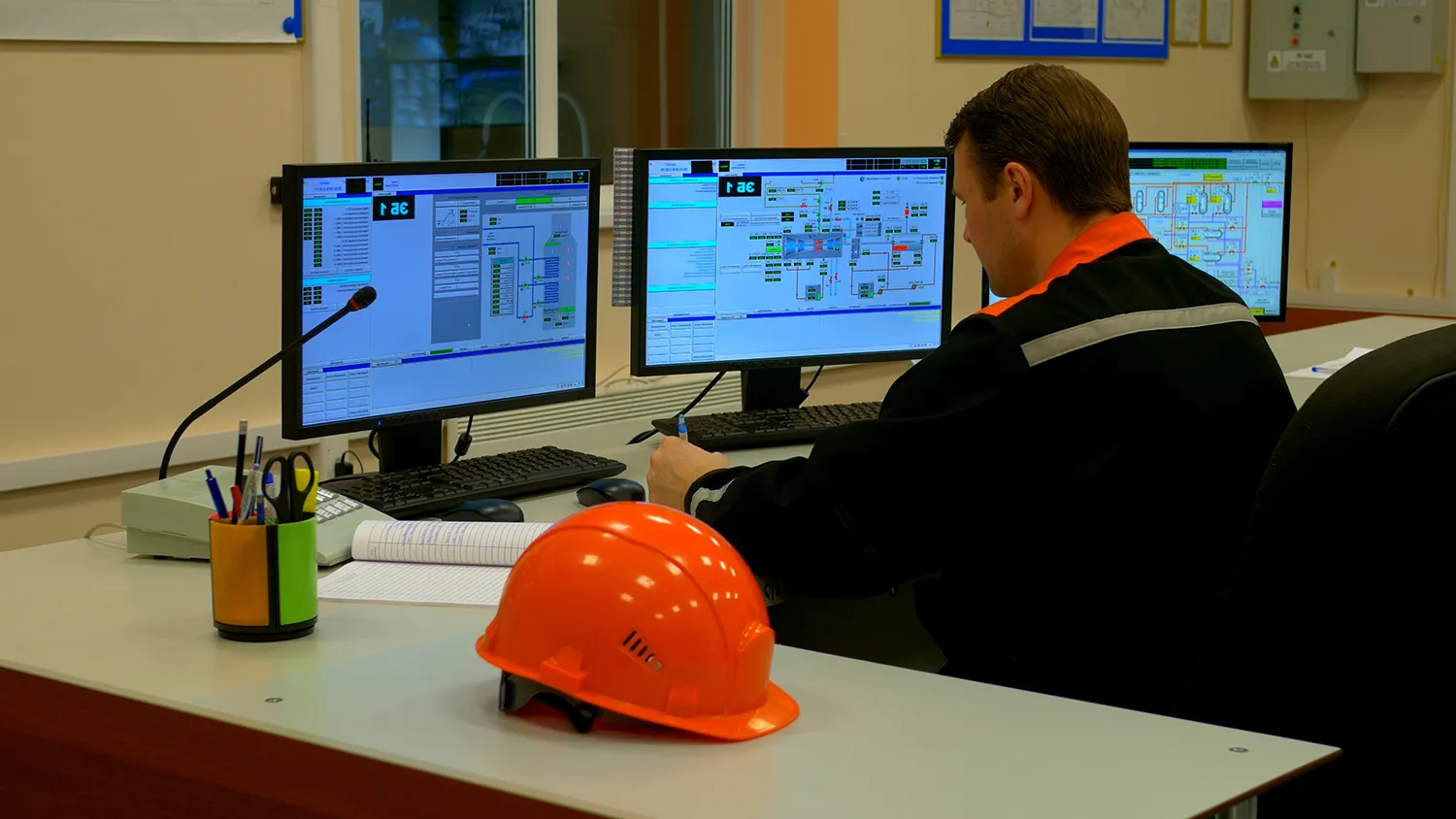
Automated data transfer enables early detection of unauthorized logging and reduces the risk of large-scale wildfires. Analysts suggest this “digital forest” model could become a template for other sectors, such as agriculture and utility fleets.
Looking Ahead
By 2026–2027, the number of connected vehicles could reach 200,000–300,000. Planned upgrades include fuel consumption monitoring, predictive maintenance for equipment, and public registries of timber transport routes.
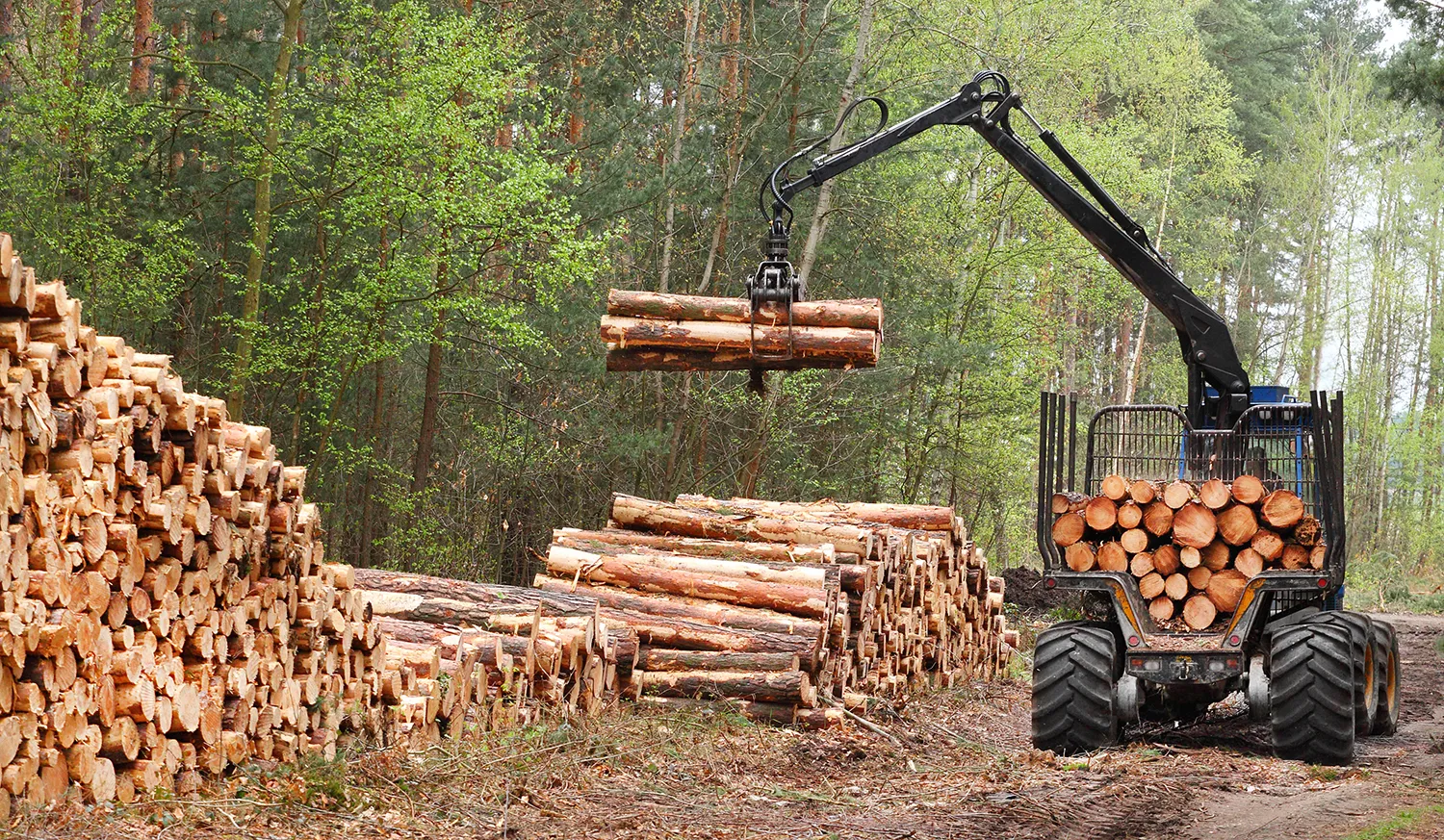
The system’s potential goes far beyond Russia. Countries such as Canada, the United States, and Scandinavia face similar challenges in managing vast forest areas. Russia’s model demonstrates how digital infrastructure can support both economic efficiency and ecological sustainability.














